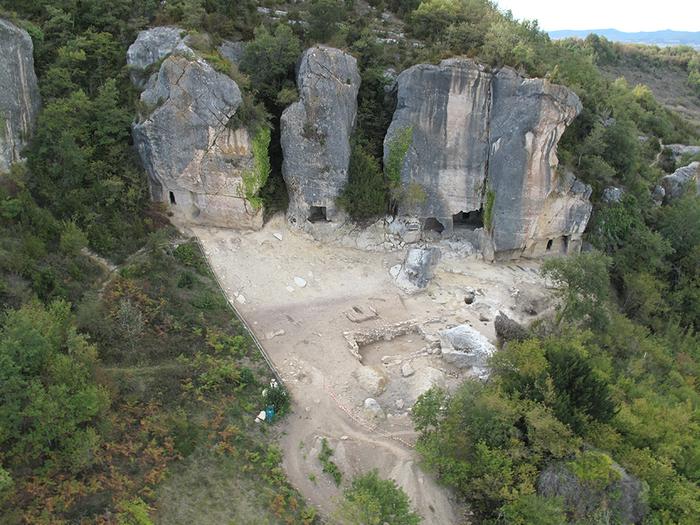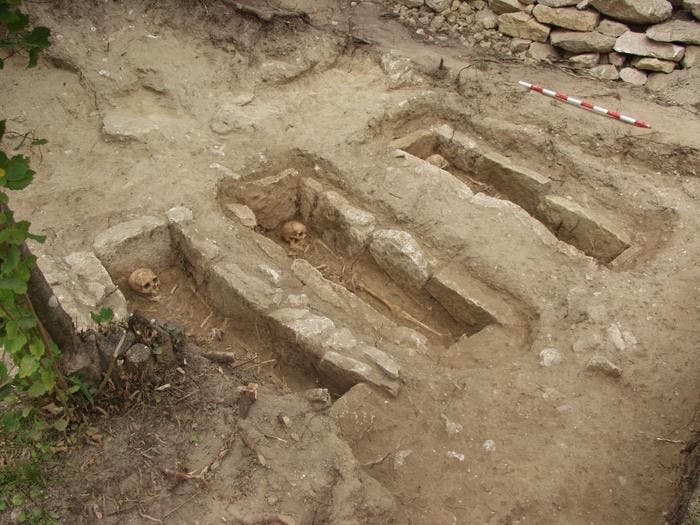Have you ever heard of the Urartu kingdom? This fascinating Near Eastern civilization boasts a rich history that continues to intrigue historians and archaeologists alike.
Historical Overview
Urartu, also known as the Kingdom of Urartu or the Kingdom of Van, emerged during the Bronze and Iron Ages in the regions of ancient Armenia, eastern Turkey, and northwestern Iran, flourishing from the 9th century BCE. The kingdom was renowned for its military prowess and strategic fortifications, which were pivotal in controlling vast territories. Urartian society was marked by a vibrant artistic culture, particularly in metalwork and pottery.

Despite its significant contributions, Urartu mysteriously disappeared in the 6th century BCE, leaving behind fragmented historical records. The kingdom was rediscovered in the 19th century through extensive archaeological excavations, which helped reconstruct its distinct and recognizable culture.
Political Structure and Society
The history of Urartu remains somewhat obscured due to a scarcity of comprehensive written records and an overreliance on accounts from rival powers, especially the Assyrians. Nonetheless, inscriptions, architectural remains, and various artifacts have illuminated aspects of Urartian life and governance.

Urartu evolved from a confederation of smaller kingdoms that emerged during the 14th and 13th centuries BCE. By the 9th century BCE, a consolidated and independent state developed, likely as a response to external threats from Assyria. The kingdom thrived on a fertile plateau, enriched by a network of rivers, which supported its agricultural economy.
The Urartian government functioned as a centralized monarchy, led by a king who was supported by a close circle of advisors and a more extensive group of civil administrators. These officials oversaw the management of temples, construction projects, and the upkeep of fortresses, roads, and canals.
The Capital: Tushpa
The fortress capital of Urartu, Tushpa, was strategically situated on a limestone promontory along the eastern shores of Lake Van. This site, which would later be known as Van, may have housed a population as high as 50,000, showcasing the kingdom’s urban development and societal complexity. Tushpa was not only a military stronghold but also a cultural center where art and religion thrived.
Cultural Achievements
Urartu is particularly noted for its achievements in metallurgy, with exquisite artifacts that demonstrate advanced techniques in bronze working and goldsmithing. The kingdom’s artisans created intricate jewelry, weapons, and ceremonial items, reflecting both the aesthetic values and the social hierarchies of their society.

Additionally, the Urartians built impressive fortresses, many of which are still standing today, including the sites of Van Castle and the fortresses of the Van region. Their architectural style was characterized by massive stone blocks and elaborate designs, often serving both military and ceremonial purposes.
Legacy and Archaeological Significance
The enduring legacy of Urartu is significant in understanding the cultural and historical developments in the region. Ongoing archaeological research continues to uncover the richness of Urartian civilization, shedding light on its trade networks, religious practices, and interactions with neighboring cultures.
The civilization of Urartu, though it ultimately faded, laid foundational elements for subsequent cultures in the region, influencing the history of Armenia and its surrounding territories.

